Aluminum Matrix Composites Reinforced by Titanium Diboride Particles
Aluminum matrix composites reinforced by titanium diboride particles have been widely used in aerospace, automotive, The fields of electronic packaging and military equipment, especially the large commercial aircraft (C919) have broad application prospects. The domestic generally adopts silicon carbide (SiC) particle enhancement, but foreign countries tend to adopt titanium diboride (TiB2) particle enhancement because Titanium diboride phase and aluminum alloy have better wettability. Boeing of the United States and Airbus of Europe should be in the process of testing a large number of samples.
TiB2/Al has excellent mechanical and physical properties such as high specific strength and specific modulus, wear resistance, fatigue resistance, low density, and good dimensional stability. Moreover, compared with continuous fiber reinforced composite materials, it has significant low-cost advantages. The materials are isotropic, easy to process, and flexible in preparation. Traditional equipment can be used for secondary processing such as extrusion, calendering and forging. Therefore, various countries have paid extensive attention and research on the development and application of this material, and have done a lot of basic work in the preparation process, structure, mechanical behavior and fracture toughness of the material, and achieved remarkable results.
Using titanium diboride particle-reinforced aluminum-based composite materials as the basis for 3D printing aviation aluminum alloy parts, it can optimize and improve the structure of the parts on the basis of ensuring performance, and avoid the quality of parts to the greatest extent The problem arises. Compared with traditional splicing components, the overall manufacturing of components can be strengthened, and no welding process or riveting process is required. The complex structure is simplified, so that the weight of the product is reduced. Through the optimization of parts, the reasonableness of the stress distribution of 3D printed aviation aluminum alloy parts is guaranteed, preventing dangerous accidents caused by fatigue cracks, and thus ensuring the structural integrity and strength of aviation parts.
3D printed aerospace parts samples were tested, and the tensile strength, yield strength, and elongation were increased by 42.8%, 59.7% and 89.6% (data provided by foreign countries).
Typical process: 1. Nano-TiB2 (Nano-TiB2) is added to the aluminum alloy melt according to a certain proportion and divided into even parts (dispersion is the key technology); 2. The aluminum alloy is poured into spray granulation. Bars; 3. Vacuum atomization into aluminum alloy spherical powder; 4. 3D printing aviation aluminum alloy parts.
.png)
TiB2/Al has excellent mechanical and physical properties such as high specific strength and specific modulus, wear resistance, fatigue resistance, low density, and good dimensional stability. Moreover, compared with continuous fiber reinforced composite materials, it has significant low-cost advantages. The materials are isotropic, easy to process, and flexible in preparation. Traditional equipment can be used for secondary processing such as extrusion, calendering and forging. Therefore, various countries have paid extensive attention and research on the development and application of this material, and have done a lot of basic work in the preparation process, structure, mechanical behavior and fracture toughness of the material, and achieved remarkable results.
Using titanium diboride particle-reinforced aluminum-based composite materials as the basis for 3D printing aviation aluminum alloy parts, it can optimize and improve the structure of the parts on the basis of ensuring performance, and avoid the quality of parts to the greatest extent The problem arises. Compared with traditional splicing components, the overall manufacturing of components can be strengthened, and no welding process or riveting process is required. The complex structure is simplified, so that the weight of the product is reduced. Through the optimization of parts, the reasonableness of the stress distribution of 3D printed aviation aluminum alloy parts is guaranteed, preventing dangerous accidents caused by fatigue cracks, and thus ensuring the structural integrity and strength of aviation parts.
3D printed aerospace parts samples were tested, and the tensile strength, yield strength, and elongation were increased by 42.8%, 59.7% and 89.6% (data provided by foreign countries).
Typical process: 1. Nano-TiB2 (Nano-TiB2) is added to the aluminum alloy melt according to a certain proportion and divided into even parts (dispersion is the key technology); 2. The aluminum alloy is poured into spray granulation. Bars; 3. Vacuum atomization into aluminum alloy spherical powder; 4. 3D printing aviation aluminum alloy parts.
.png)

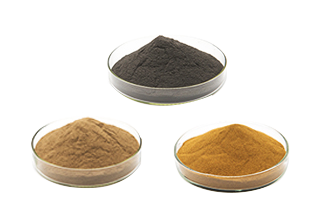
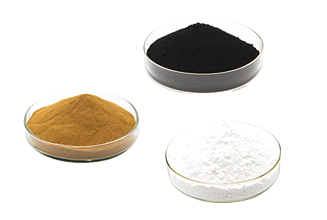
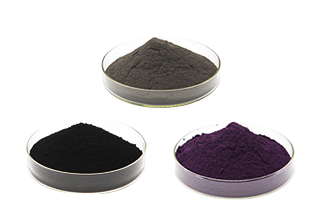
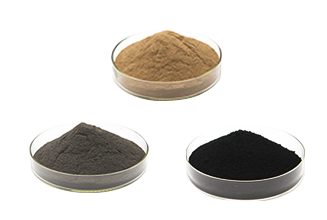
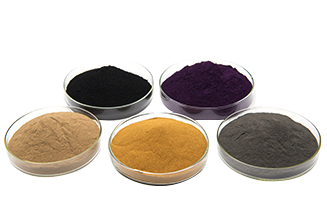
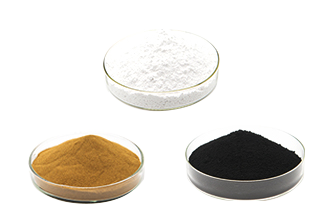
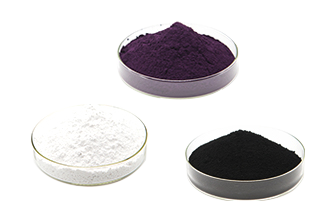



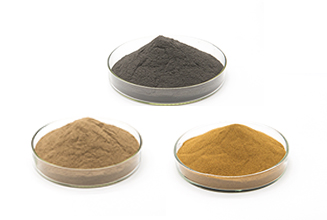
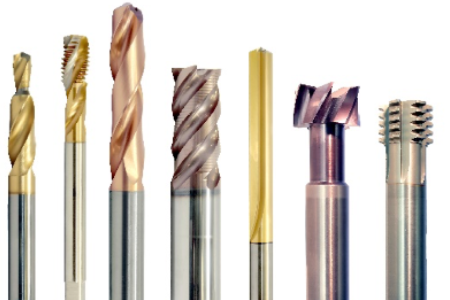
.png)

